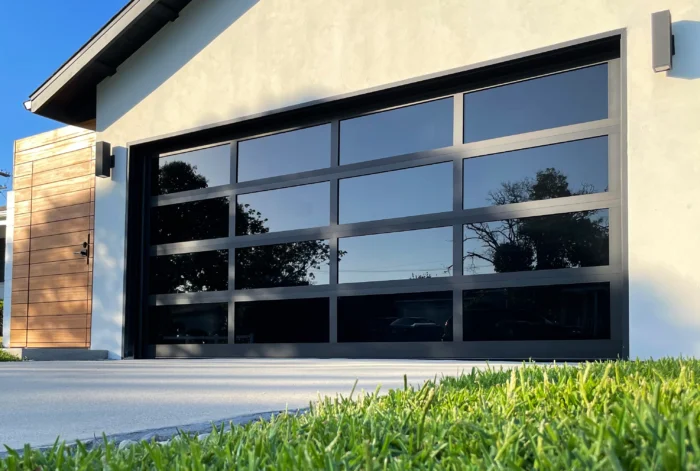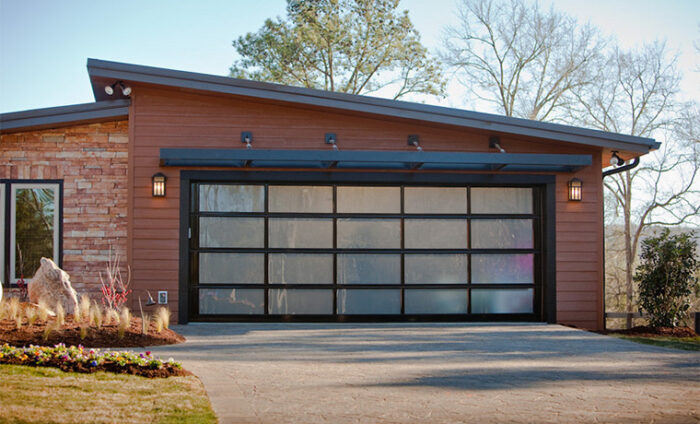To maintain the smooth operation of your Garage Door Repair Plano TX and prevent it from sticking to the floor, it’s essential to follow a comprehensive set of maintenance steps. Proper care not only ensures the longevity of your garage door but also enhances its performance.

Here’s a detailed guide with a thousand words to help you keep your garage door in optimal condition.
Regular Cleaning and Inspection: Start by keeping the garage door and its surrounding areas clean. Sweep away dirt, leaves, and debris regularly to prevent these from getting caught in the door’s mechanisms. Perform a visual inspection, checking for any signs of wear or damage to the door, tracks, and other components.
Lubrication of Moving Parts: Apply a silicone-based lubricant to the moving parts of the garage door, such as rollers, hinges, and springs. Lubrication reduces friction, allowing the door to move smoothly. Be sure to use a lubricant recommended by the door manufacturer and apply it at least twice a year.
Check and Adjust Tracks: Inspect the tracks for any misalignment or damage. Use a level to ensure they are straight and properly aligned. Tighten any loose bolts or screws and replace damaged tracks promptly. Misaligned tracks can cause the door to stick, affecting its overall performance.
Balance the Door): An unbalanced garage door can strain the opener and cause sticking. Test the balance by disconnecting the door from the opener and lifting it manually. If it doesn’t stay in place, adjust the tension on the springs until the door remains balanced when lifted halfway.
Weather Stripping Maintenance: Check the weather stripping along the sides and bottom of the garage door for any signs of wear or damage. Replace any worn-out weather stripping to maintain a proper seal. Proper weather sealing not only prevents sticking but also enhances energy efficiency and protects against external elements.
Floor Seal Installation: Consider installing a quality floor seal if you haven’t already. A good floor seal prevents water, pests, and debris from entering the garage, reducing the chances of sticking. Ensure that the seal is intact and replace it if you notice any signs of wear.
Addressing Humidity Issues: High humidity levels can lead to swelling and sticking. Use a dehumidifier in the garage to maintain optimal humidity levels. This helps prevent the door from absorbing excess moisture, reducing the likelihood of sticking.
Professional Inspection and Maintenance: Schedule regular professional inspections of your garage door system. A trained technician can identify potential issues before they escalate, ensuring that your door operates smoothly. Professional maintenance may include tightening hardware, adjusting springs, and addressing any emerging problems.
Upgrade to Nylon Rollers: Consider upgrading to nylon rollers, which are quieter and smoother than traditional metal rollers. Nylon rollers reduce friction, contributing to smoother door operation. Additionally, if your garage door opener is outdated, upgrading to a newer model with advanced features can further enhance performance.
Conclusion:
Consistent and proactive maintenance is key to preventing your Garage Door Repair Plano TX to the floor. By following these comprehensive steps, you’ll not only ensure the smooth operation of your garage door but also prolong its lifespan, minimizing the need for costly repairs.
Plano Overhead & Garage Doors
972-640-7299



